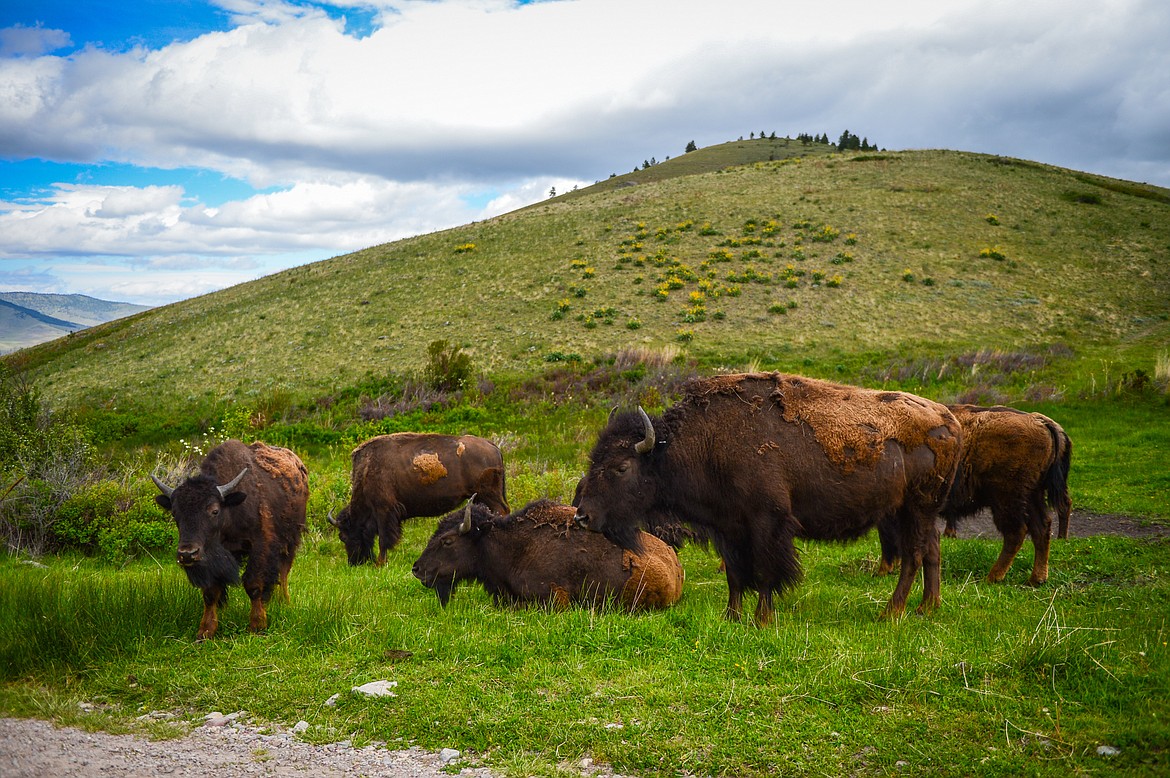Back under tribal control, Bison Range offers views of iconic animals
The 19,000-acre Bison Range on the Flathead Indian Reservation has reopened for the season under the management of the Confederated Salish and Kootenai Tribes, offering visitors the opportunity to see Montana's iconic megafauna in their natural habitat.
As summer approaches, the hulking animals are shedding their winter coats and roaming the grassy hills with reddish-brown calves in tow...
Support Local News
You have read all of your free articles this month. Select a plan below to start your subscription today.
Already a subscriber? Login
Daily Inter Lake - everything
Print delivery, e-edition and unlimited website access
- $26.24 per month
Daily Inter Lake - unlimited website access
- $9.95 per month







